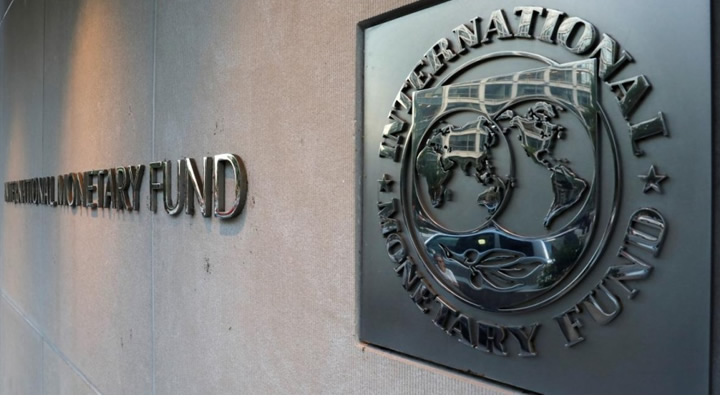
The International Monetary Fund has said that weaker currencies in Nigeria and other Sub-Saharan African countries are pushing up public debts.
This was disclosed in a blog post published on the IMF’s website on Monday.
The fund noted that with an average depreciation of nine per cent since January 2022, sub-Saharan African currencies have weakened against the US dollar.
The post read, “Most sub-Saharan African currencies have weakened against the US dollar, fanning inflationary pressures across the continent as import prices surge. This, together with a growth slowdown, leaves policymakers with difficult choices as they balance keeping inflation in check with a still-fragile recovery.
“As the Chart of the Week shows, the average depreciation for the region since January 2022 is about 8 per cent. The extent varies by country, however. Ghana’s cedi and Sierra Leone’s leone depreciated by more than 45 per cent.”
The IMF further noted that the depreciations were mostly driven by external factors, adding that lower risk appetite in global markets and interest rate hikes in the United States pushed investors away from the region towards safer and higher paying US treasury bonds.
While noting the high import costs in 2022, the IMF added that the large budget deficits had compounded the effects of these external shocks by increasing the demand for foreign exchange.
On the implications of weaker currencies, the Fund identified inflation and higher public debt.
The post read, “When currencies weaken against the US dollar, local prices rise, as much of what people buy, including essential items like food, are imported. More than two-thirds of imports are priced in US dollars for most countries in the region.
“A one percentage point increase in the rate of depreciation against the US dollar leads, on average, to an increase in inflation of 0.22 percentage points within the first year in the region. There is also evidence that inflationary pressures do not come down quickly when local currencies strengthen against the US dollar.
“Weaker currencies also push up public debt. About 40 per cent of public debt is external in sub-Saharan Africa and over 60 per cent of that debt is in US dollars for most countries. Since the beginning of the pandemic, exchange rate depreciations have contributed to the region’s rise in public debt by about 10 percentage points of GDP on average by end-2022, holding all else equal.”
The PUNCH earlier reported that the value of the naira to dollar fell from N196.92 in June 2015 to N414.72 in June 2022, worsening Nigeria’s foreign debt burden.
Within the seven years under review, the naira depreciated by 52.52 per cent against the US dollar.
It was reported that the depreciation added N8.72tn to Nigeria’s external debt burden.




